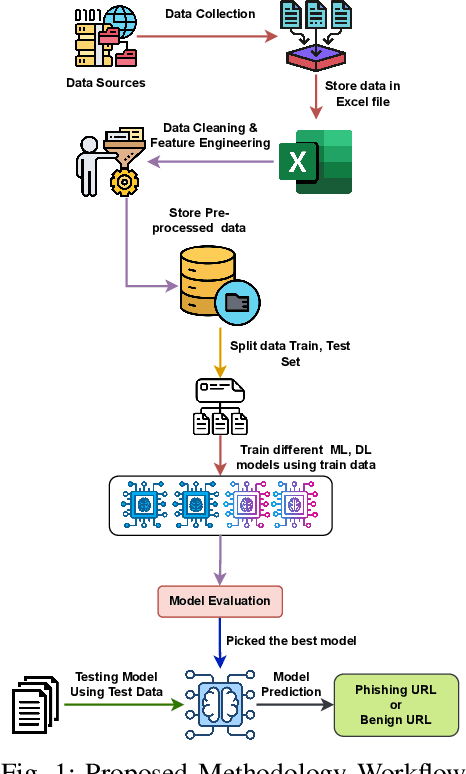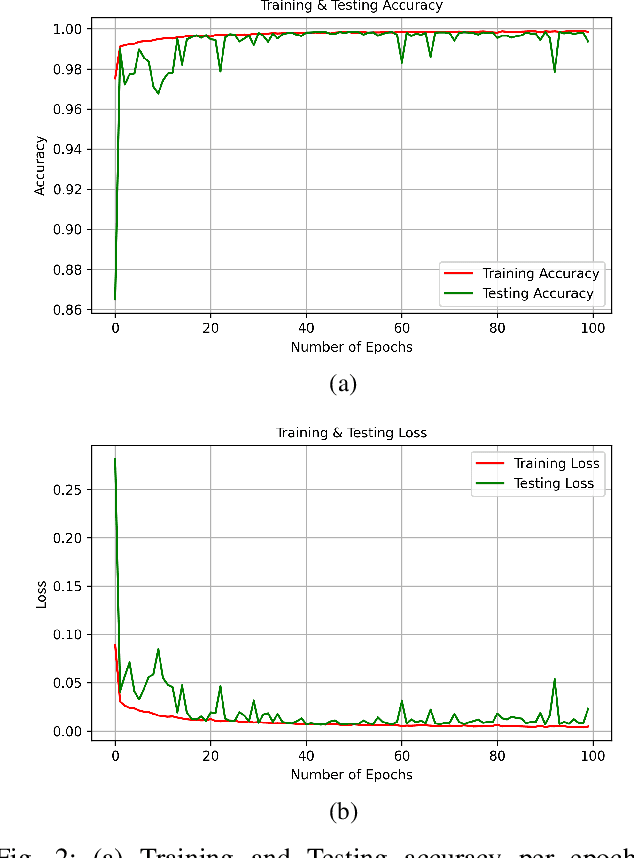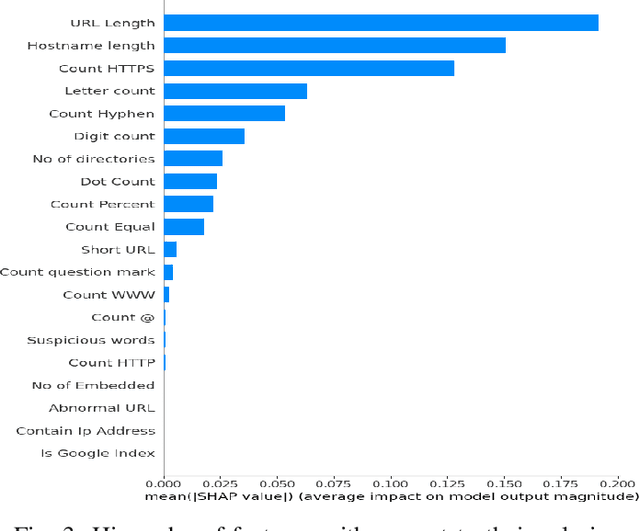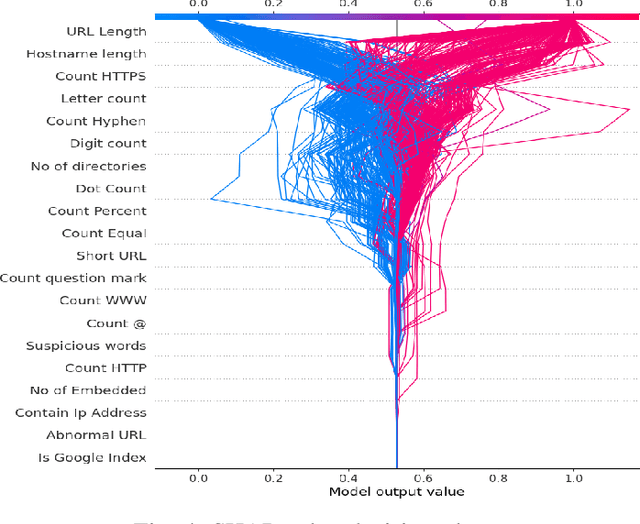Md Robiul Islam
BD Currency Detection: A CNN Based Approach with Mobile App Integration
Feb 25, 2025Abstract:Currency recognition plays a vital role in banking, commerce, and assistive technology for visually impaired individuals. Traditional methods, such as manual verification and optical scanning, often suffer from limitations in accuracy and efficiency. This study introduces an advanced currency recognition system utilizing Convolutional Neural Networks (CNNs) to accurately classify Bangladeshi banknotes. A dataset comprising 50,334 images was collected, preprocessed, and used to train a CNN model optimized for high performance classification. The trained model achieved an accuracy of 98.5%, surpassing conventional image based currency recognition approaches. To enable real time and offline functionality, the model was converted into TensorFlow Lite format and integrated into an Android mobile application. The results highlight the effectiveness of deep learning in currency recognition, providing a fast, secure, and accessible solution that enhances financial transactions and assistive technologies.
Abstractive Text Summarization for Bangla Language Using NLP and Machine Learning Approaches
Jan 25, 2025Abstract:Text summarization involves reducing extensive documents to short sentences that encapsulate the essential ideas. The goal is to create a summary that effectively conveys the main points of the original text. We spend a significant amount of time each day reading the newspaper to stay informed about current events both domestically and internationally. While reading newspapers enriches our knowledge, we sometimes come across unnecessary content that isn't particularly relevant to our lives. In this paper, we introduce a neural network model designed to summarize Bangla text into concise and straightforward paragraphs, aiming for greater stability and efficiency.
Application of Multimodal Large Language Models in Autonomous Driving
Dec 21, 2024Abstract:In this era of technological advancements, several cutting-edge techniques are being implemented to enhance Autonomous Driving (AD) systems, focusing on improving safety, efficiency, and adaptability in complex driving environments. However, AD still faces some problems including performance limitations. To address this problem, we conducted an in-depth study on implementing the Multi-modal Large Language Model. We constructed a Virtual Question Answering (VQA) dataset to fine-tune the model and address problems with the poor performance of MLLM on AD. We then break down the AD decision-making process by scene understanding, prediction, and decision-making. Chain of Thought has been used to make the decision more perfectly. Our experiments and detailed analysis of Autonomous Driving give an idea of how important MLLM is for AD.
A Critical Analysis on Machine Learning Techniques for Video-based Human Activity Recognition of Surveillance Systems: A Review
Sep 01, 2024



Abstract:Upsurging abnormal activities in crowded locations such as airports, train stations, bus stops, shopping malls, etc., urges the necessity for an intelligent surveillance system. An intelligent surveillance system can differentiate between normal and suspicious activities from real-time video analysis that will enable to take appropriate measures regarding the level of an anomaly instantaneously and efficiently. Video-based human activity recognition has intrigued many researchers with its pressing issues and a variety of applications ranging from simple hand gesture recognition to crucial behavior recognition in a surveillance system. This paper provides a critical survey of video-based Human Activity Recognition (HAR) techniques beginning with an examination of basic approaches for detecting and recognizing suspicious behavior followed by a critical analysis of machine learning and deep learning techniques such as Convolutional Neural Network (CNN), Recurrent Neural Network (RNN), Hidden Markov Model (HMM), K-means Clustering etc. A detailed investigation and comparison are done on these learning techniques on the basis of feature extraction techniques, parameter initialization, and optimization algorithms, accuracy, etc. The purpose of this review is to prioritize positive schemes and to assist researchers with emerging advancements in this field's future endeavors. This paper also pragmatically discusses existing challenges in the field of HAR and examines the prospects in the field.
Sentiment Polarity Analysis of Bangla Food Reviews Using Machine and Deep Learning Algorithms
May 03, 2024Abstract:The Internet has become an essential tool for people in the modern world. Humans, like all living organisms, have essential requirements for survival. These include access to atmospheric oxygen, potable water, protective shelter, and sustenance. The constant flux of the world is making our existence less complicated. A significant portion of the population utilizes online food ordering services to have meals delivered to their residences. Although there are numerous methods for ordering food, customers sometimes experience disappointment with the food they receive. Our endeavor was to establish a model that could determine if food is of good or poor quality. We compiled an extensive dataset of over 1484 online reviews from prominent food ordering platforms, including Food Panda and HungryNaki. Leveraging the collected data, a rigorous assessment of various deep learning and machine learning techniques was performed to determine the most accurate approach for predicting food quality. Out of all the algorithms evaluated, logistic regression emerged as the most accurate, achieving an impressive 90.91% accuracy. The review offers valuable insights that will guide the user in deciding whether or not to order the food.
Enhancing Bangla Language Next Word Prediction and Sentence Completion through Extended RNN with Bi-LSTM Model On N-gram Language
May 03, 2024



Abstract:Texting stands out as the most prominent form of communication worldwide. Individual spend significant amount of time writing whole texts to send emails or write something on social media, which is time consuming in this modern era. Word prediction and sentence completion will be suitable and appropriate in the Bangla language to make textual information easier and more convenient. This paper expands the scope of Bangla language processing by introducing a Bi-LSTM model that effectively handles Bangla next-word prediction and Bangla sentence generation, demonstrating its versatility and potential impact. We proposed a new Bi-LSTM model to predict a following word and complete a sentence. We constructed a corpus dataset from various news portals, including bdnews24, BBC News Bangla, and Prothom Alo. The proposed approach achieved superior results in word prediction, reaching 99\% accuracy for both 4-gram and 5-gram word predictions. Moreover, it demonstrated significant improvement over existing methods, achieving 35\%, 75\%, and 95\% accuracy for uni-gram, bi-gram, and tri-gram word prediction, respectively
PhishGuard: A Convolutional Neural Network Based Model for Detecting Phishing URLs with Explainability Analysis
Apr 27, 2024



Abstract:Cybersecurity is one of the global issues because of the extensive dependence on cyber systems of individuals, industries, and organizations. Among the cyber attacks, phishing is increasing tremendously and affecting the global economy. Therefore, this phenomenon highlights the vital need for enhancing user awareness and robust support at both individual and organizational levels. Phishing URL identification is the best way to address the problem. Various machine learning and deep learning methods have been proposed to automate the detection of phishing URLs. However, these approaches often need more convincing accuracy and rely on datasets consisting of limited samples. Furthermore, these black box intelligent models decision to detect suspicious URLs needs proper explanation to understand the features affecting the output. To address the issues, we propose a 1D Convolutional Neural Network (CNN) and trained the model with extensive features and a substantial amount of data. The proposed model outperforms existing works by attaining an accuracy of 99.85%. Additionally, our explainability analysis highlights certain features that significantly contribute to identifying the phishing URL.
 Add to Chrome
Add to Chrome Add to Firefox
Add to Firefox Add to Edge
Add to Edge